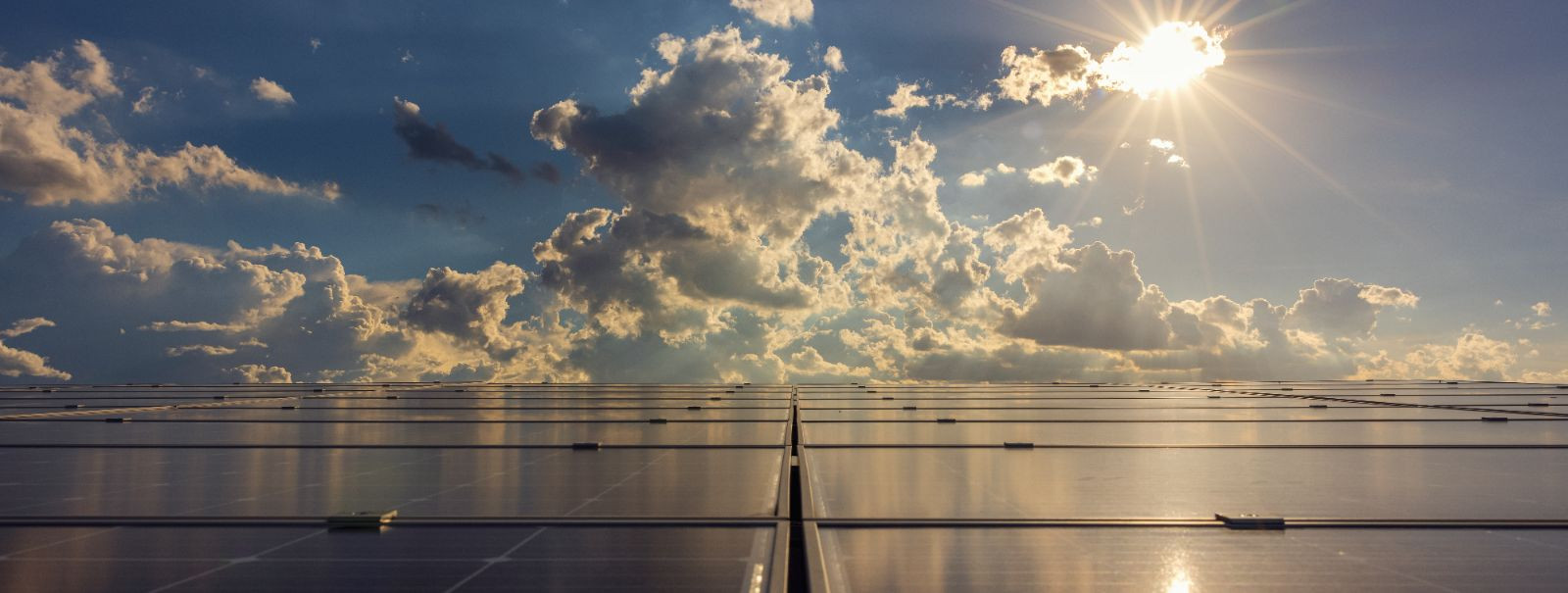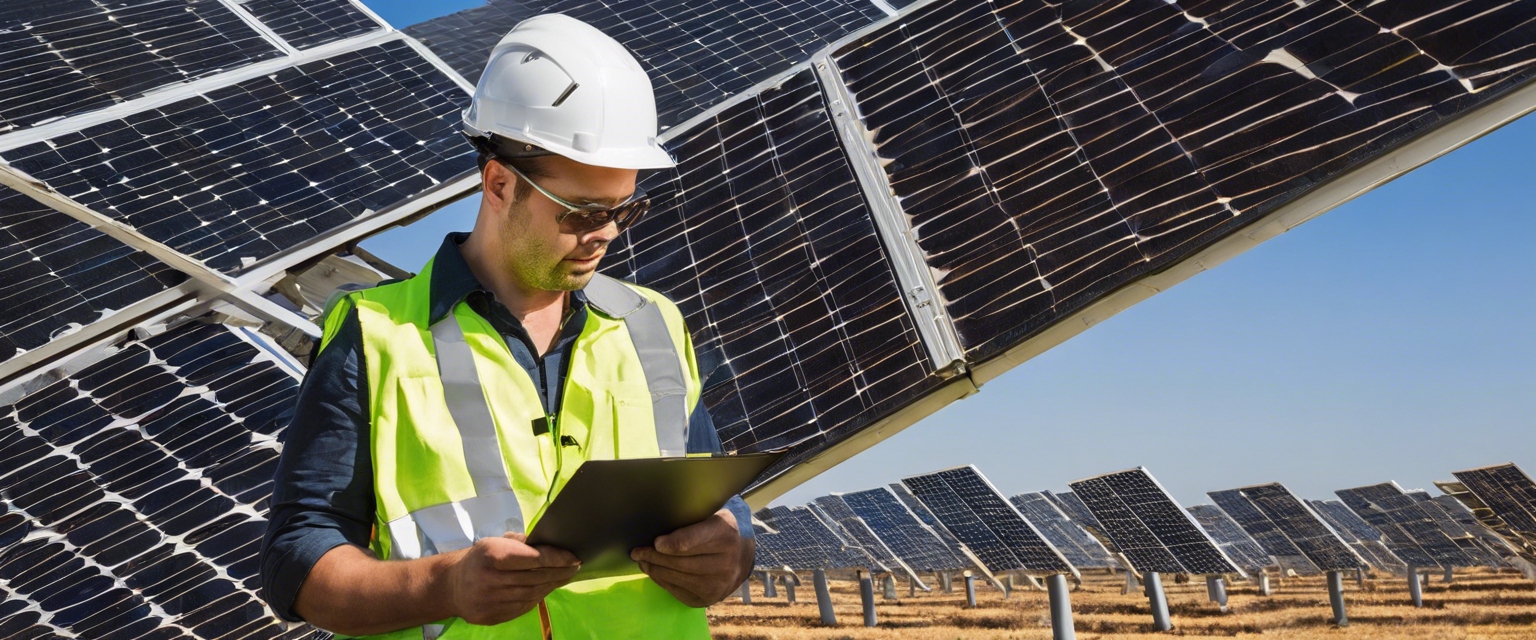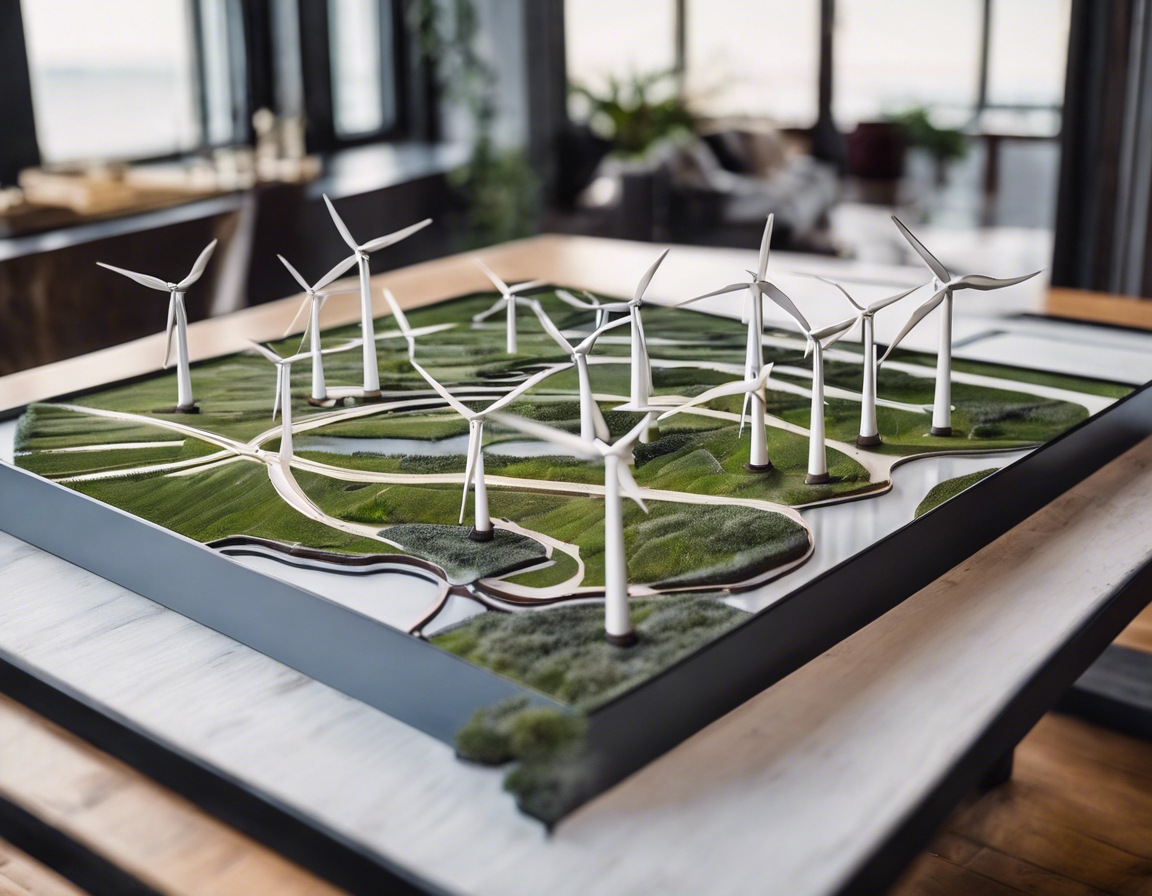From sun to socket: the journey of solar energy
Solar energy is the most abundant energy resource on Earth, with the potential to provide a sustainable solution to our growing energy needs. It is harnessed using a range of technologies, primarily photovoltaic (PV) cells that convert sunlight directly into electricity.
As global energy consumption rises and the effects of climate change become more pronounced, solar energy stands out as a key component of the green revolution. It offers a clean, renewable source of power that can help reduce carbon emissions and dependence on fossil fuels.
The Science Behind Solar Energy
The photovoltaic effect is the process by which solar cells convert sunlight into electricity. When photons from sunlight strike a solar cell, they can knock electrons loose from their atoms, allowing them to flow through the material to produce electricity.
There are several types of solar panels, with the most common being monocrystalline, polycrystalline, and thin-film. Each type has its own advantages and is suited to different applications and environments.
Harvesting the Sun: Solar Energy Collection
Solar energy can be collected on a large scale in solar farms or on a smaller scale on residential and commercial rooftops. Both have their own set of benefits and considerations, such as space, orientation, and local climate.
For optimal energy collection, solar panels must be oriented and angled correctly. This ensures they receive the maximum amount of sunlight throughout the day and across different seasons.
From Panels to Power: Converting Solar Energy
Solar panels produce direct current (DC) electricity, but most homes and businesses use alternating current (AC). Inverters play a crucial role in converting DC into usable AC power.
Grid-tied solar systems are connected to the public electricity grid and can feed excess power back into it, often receiving credits in return. Off-grid systems, on the other hand, are self-contained and typically include a form of energy storage.
Storing the Sun: Solar Energy Storage Solutions
Batteries are an essential component of off-grid solar systems and can also be used in grid-tied systems to provide backup power. They store excess solar energy for use when the sun isn't shining.
Advancements in battery technology, such as lithium-ion and flow batteries, are improving the efficiency and capacity of solar energy storage, making solar power more reliable and accessible.
Integrating Solar Power into the Energy Grid
Integrating solar power into the existing energy grid presents challenges, such as managing the variability of solar power and ensuring grid stability. Solutions include smart grid technology and energy management systems.
Smart grids use digital communication technology to monitor and manage the transport of electricity from all generation sources, including solar, to meet the varying electricity demands of end users.
Financial and Regulatory Aspects of Solar Energy
Many governments offer incentives and subsidies to encourage the adoption of solar energy, which can significantly reduce the upfront costs and improve the economic feasibility of solar projects.
While the initial investment in solar technology can be substantial, the long-term savings on energy bills and the potential for earning through net metering can lead to attractive payback periods for solar energy systems.






Comments (0)